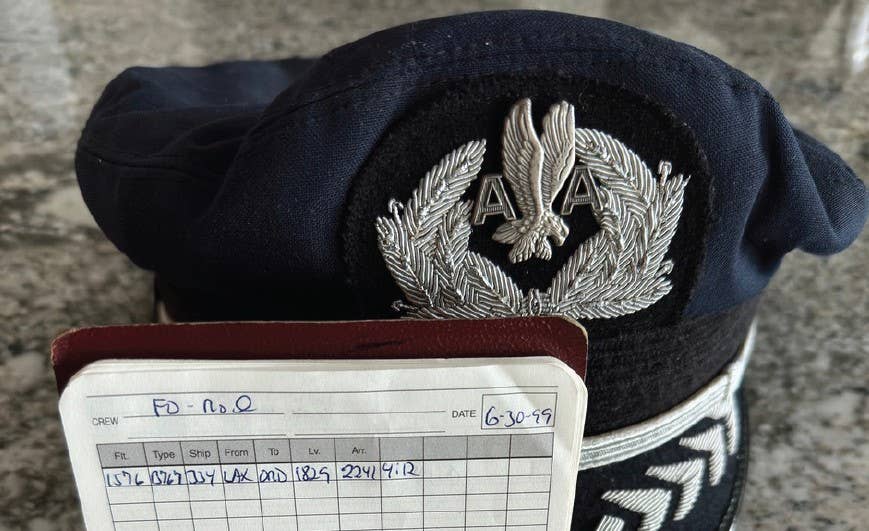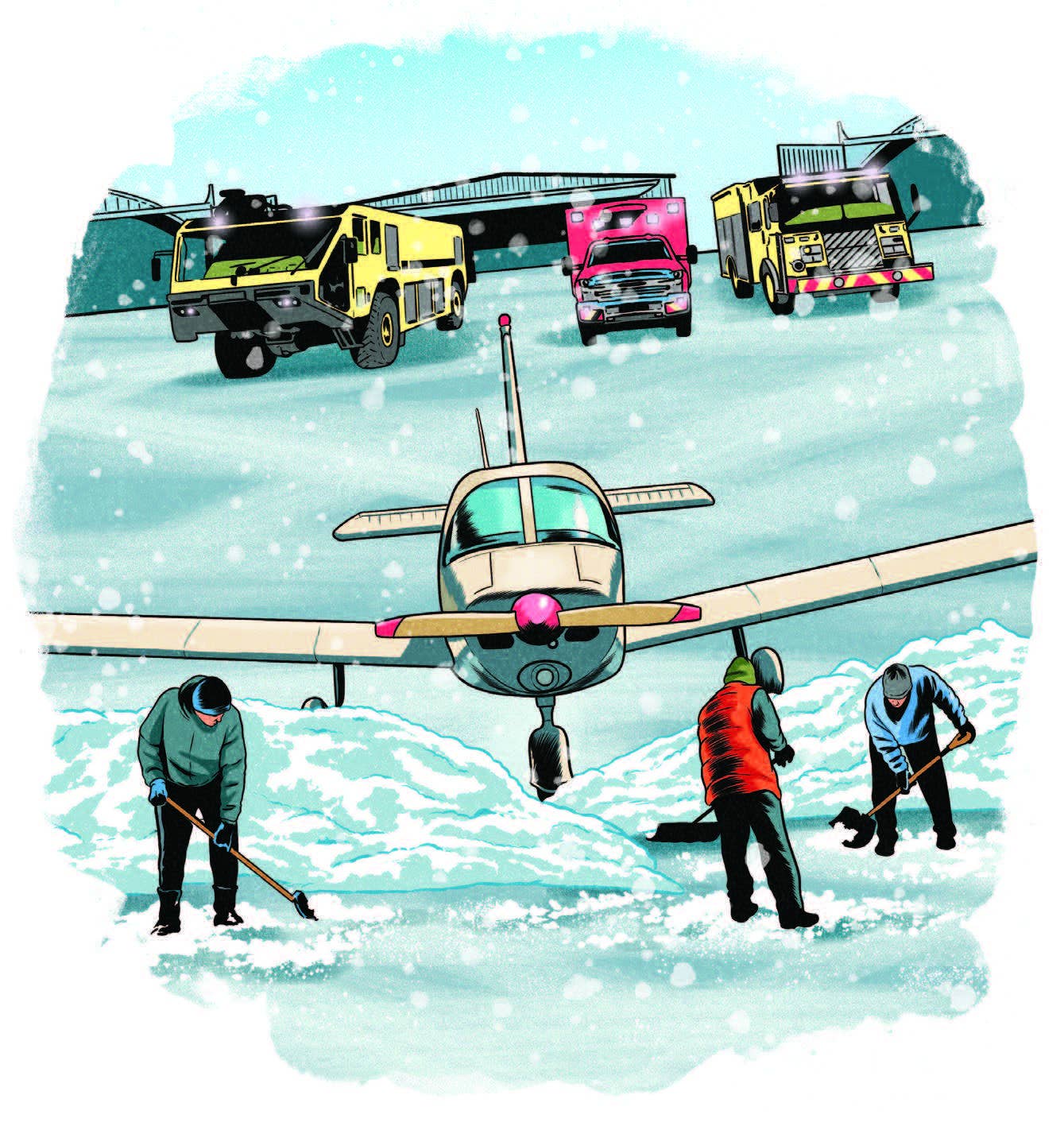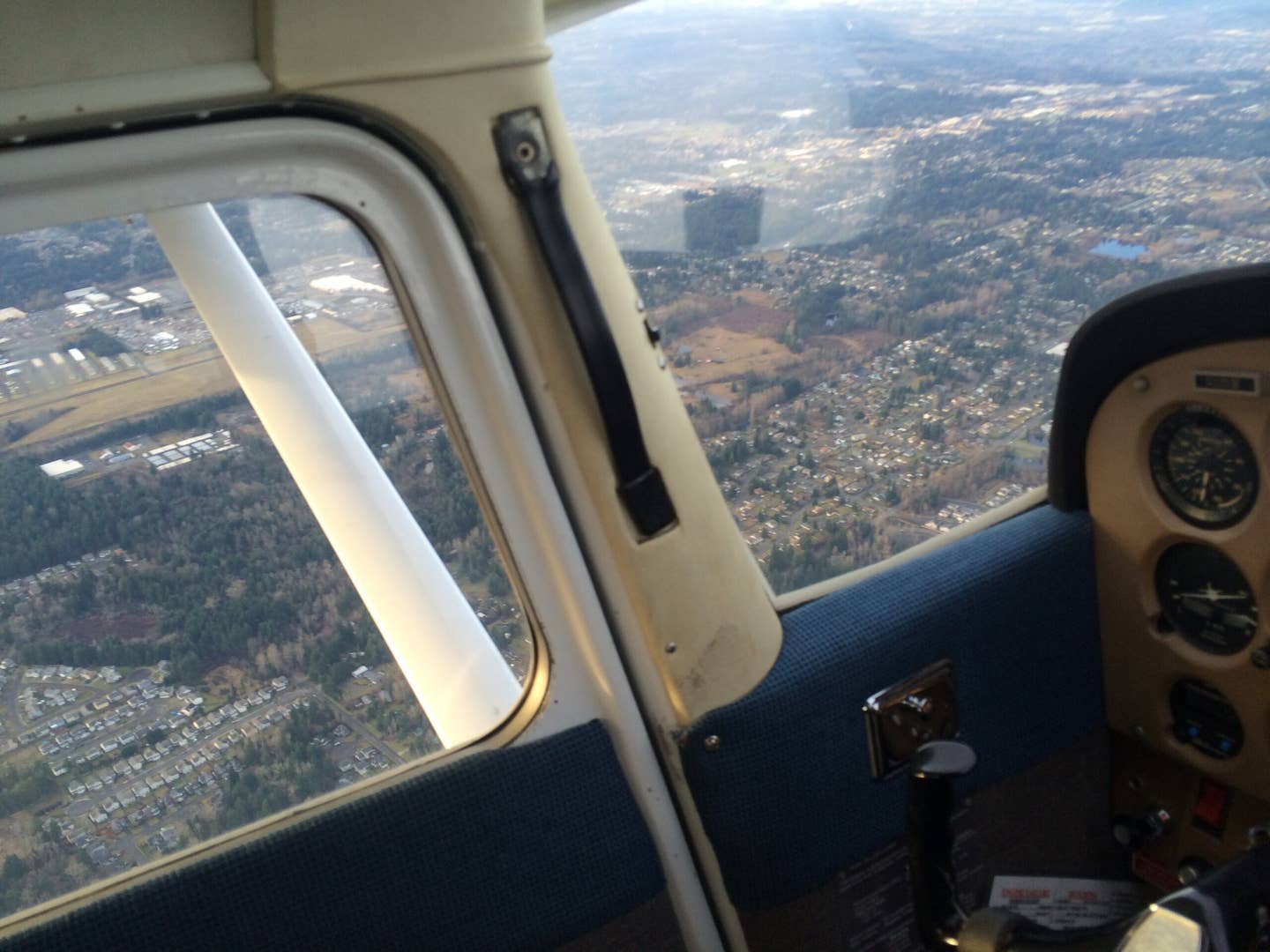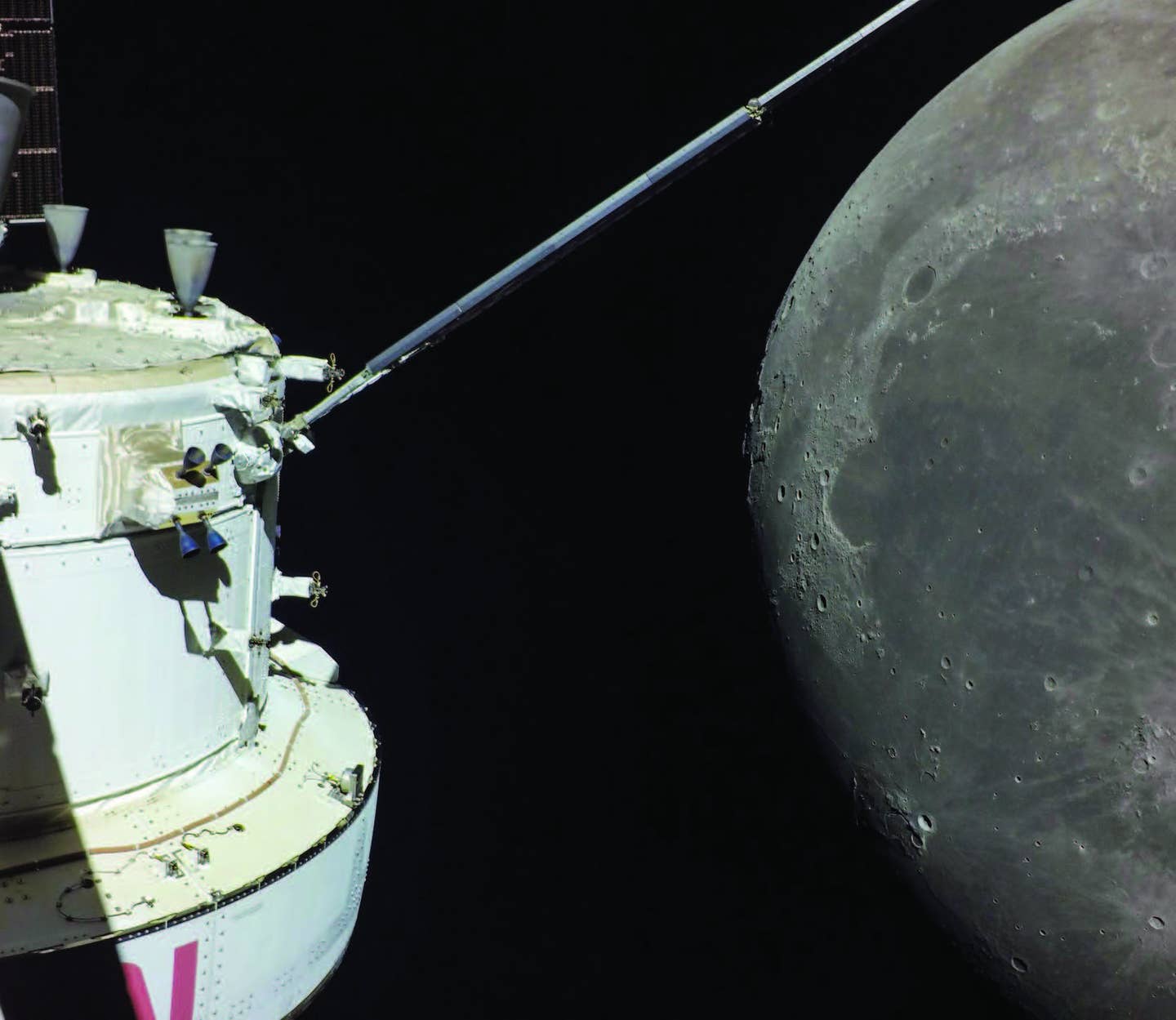
For those airline pilots that aren’t old enough to remember 9/11, please learn from our mistakes. [Courtesy: Les Abend]
September is always a time for me to reflect.
About two weeks had passed since that fateful day in 2001 that none of us will ever forget. In uniform, with my wife’s hand in mine, we approached a NYPD officer standing on the corner, a couple blocks away from Ground Zero. Pedestrian barricades surrounded the area.
If you're not already a subscriber, what are you waiting for? Subscribe today to get the issue as soon as it is released in either Print or Digital formats.
Subscribe Now“Can we go through?” I asked, motioning at a small gap. The police officer nodded, a solemn look on his face.
“Did you fly the kind of airplane that hit the towers?” the officer asked.
“Actually, I flew the airplane that hit the North Tower,” I said. “It’s in my logbook.”
I had said those words in my head but repeating them out loud unexpectedly punctuated their significance with a lump in my throat. The police officer took a moment to process my statement and then remarked, “Oh, wow.” He gestured toward the gap and said simply, “Be careful.”
I wasn’t quite sure if his statement was a warning for the physical hazards of the area or the emotional assimilation of the scene. After attempting to survey the surrealistic nature of the destruction, and understanding how many human lives were obliterated, I took the officer’s statement to mean both.
- READ MORE: Replacing Airline Pilots With AI
It’s been over two decades since the attacks on 9/11. All of us were seemingly connected in some way to the horrors of that day. Someone knew someone deeply affected by the shock of that terrible moment in history. As an airline pilot, I felt especially violated. The machines that we revered had become weapons of mass destruction. We had allowed our sanctuaries to be infiltrated.
Are we in a better place now? Are crews better able to protect our passengers from a terrorist threat? The short answer is yes, but it’s important to understand the evolution of why. Because the answer has many elements.
The day that U.S. airspace was opened to airline traffic after 9/11, I huddled my crew in an LAX jet bridge before we stepped through the entry door of our B-757 to begin preparation for our trip back home to New York. Trepidation was firmly anchored on the faces of our flight attendants. I did my best to assure them that the copilot and I would do everything in our power to keep us all safe, but we needed their eyes to report anything even slightly suspicious.
At that point, nothing had really changed in terms of security protocols. My airline hadn’t communicated much in the way of new procedures. Our union website was full of hyperbole and rudimentary ideas on how best to protect the cockpit. The most popular technique was to make certain one pilot had immediate access to the crash ax. We were mixed on how best to handle in-flight cockpit door access for lavatory breaks and crew meals.
But one important aspect had changed overnight—our mentality. We now understood our workplace had an unpredictable external threat that we hadn’t trained to manage. Airline protocol had been to cooperate with such threats. The outcomes of hijackings in the 1960’s and ’70s were mostly successful if the crew ceded to demands.
Except for the brutal beating and execution of U.S. Navy diver Robert Stethem by Hezbollah terrorists, the 17-day hijacking ordeal of TWA Flight 847 on June 14, 1985, ended without further casualties because the late Captain John Testrake mostly cooperated.
Perhaps partly through anger and grief, the old line of thinking transformed quickly into protecting the cockpit at all costs. With the U.S. government and airlines accepting the fact that private security firms had been inept at the passenger-screening process, the new mentality ushered in the formation of the Transportation Security Administration (TSA).
Type-A airline pilots weren’t going to sit on their laurels, especially since we were the last line of defense. Pilots’ unions lobbied and eventually won the ability to carry a loaded weapon into the cockpit. The voluntary Federal Flight Deck Officers (FFDO) program was born.
I resisted initially, thinking that the idea was a dangerous, knee-jerk response. But after interaction on a flight with my first FFDO copilot, I began to change my attitude. Despite having vocalized my concerns, the copilot’s calm and relaxed reaction convinced me that the FFDO screening process was selecting the right people.
- READ MORE: One ATC Sector of Separation
Regardless of my personal convictions about guns, I deemed a weapon one of the things in the toolbox to protect my passengers, so I applied for the program. That said, aside from the mechanics of self-defense and shooting the gun, the mindset required to protect the cockpit was one of the most significant aspects of the air marshal-conducted, FFDO training. The mindset came to me in an epiphany during a scenario-based exercise that I will never forget.
Another piece to the new mentality was strategically significant. It originated from an extremely important source. Rather than become victims to the terrorist threat, passengers were beginning to understand that their participation was essential. The heroics aboard United Airlines Flight 93 that crashed near Shanksville, Pennsylvania, became a rallying cry. It wasn’t long before reports of passengers subduing lunatics aboard flights circulated. These lunatics weren’t terrorists, but it proved people weren’t going to sit idly by while someone attempted to take control of their flight.
Beyond the post-9/11 public attitude adjustment, other security measures were being put into place. Aside from the U.S. initiative of terrorist hunting, the TSA was defining its protocols. Granted, we started with confiscation of nail clippers and moved on to 3-ounce restrictions on toothpaste, but it was a work in progress.
Eventually, TSA refined its procedures and now seems to be performing the screening process in a reasonable and certainly much safer manner. Behind the scenes, we have a much more robust system of security threat identification, with the no-fly list being a good example. Having acknowledged the failures of communication reported pre-9/11, intelligence agencies within the U.S. and across the world are sharing more information.
At my airline, many of us will always remember the resounding clunk of the aluminum bar that swung across the cockpit door as it locked into place. The bar was the first initiative in maintaining physical cockpit security after 9/11. It was a symbolic and sad reflection of having crossed the threshold into the dawning of a new age in aviation.
Before, opening the cockpit door was a simple matter of using a key that pilots and flight attendants all had in their possession—a key that, at least on Boeing aircraft, opened any airplane’s cockpit door.
Now, the flight deck door is constructed with reinforced Kevlar panels. A code must be entered in an electronic keypad for the door to unlock. The pilots control entry electronically regardless of the code.
Additionally, all airlines have procedures and protocols for in-flight access to the cockpit. And finally, don’t assume your flight attendants will become submissive to an act of aggression. Many have been trained in self-defense tactics beyond that required during their recurrent training—the same for pilots.
Has the airline industry mitigated the terrorist threat after 9/11? Yes, but it’s an evolving process that requires everyone’s participation. For those airline pilots that aren’t old enough to remember that awful day, please learn from our mistakes. Complacency is one of our worst enemies.
This column first appeared in the September Issue 950 of the FLYING print edition.

Sign-up for newsletters & special offers!
Get the latest FLYING stories & special offers delivered directly to your inbox







